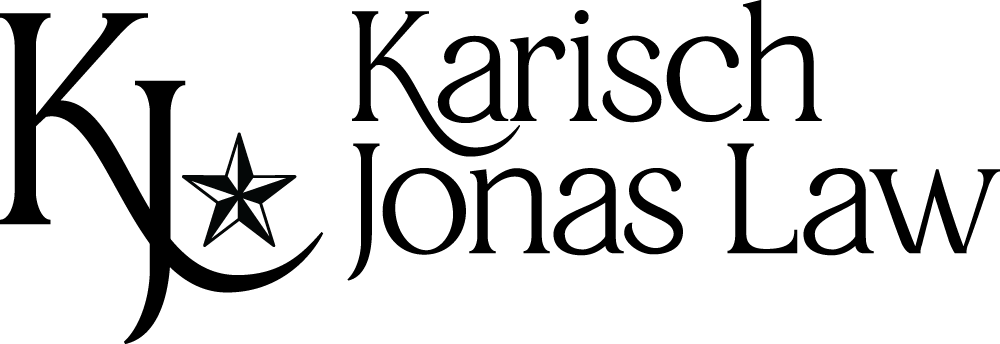QPRTs on the Rise?
As interest rates increase, QPRTs (qualified personal residence trusts) seem to be back on the table for clients with potentially taxable estates. Here is a breakdown of some of the considerations for clients relative to a QPRT (see Treasury Regulation 25.2702-5).
The idea with a QPRT is that the grantor contributes a personal residence to an irrevocable trust. The initial trust term is established on creation, typically at least 2 years. The gift tax value that is reported on Form 709 in the year the trust is created is the fair market value of the residence on the date of the transfer, discounted by the value of the grantor’s occupancy term, based on the Section 7520 rate and the length of the trust. There are excellent online calculators that can help with a rough analysis of a client’s situation (though the return preparer should double check the math by hand). The longer the term and the higher the 7520 rate, the greater the discount. The QPRT and any remainder trusts it creates are not GST-exempt (the grantor has the option of allocating GST exemption to the QPRT under the estate tax inclusion period (ETIP) rules, and might need to affirmatively opt out of automatic allocation, which is beyond the scope of this post).
During the initial trust term, the trust cannot hold any property other than the residence and a reasonable amount of cash to pay expenses. The grantor has the right to live in the residence, rent free. No one else may have the right to live there, other than the grantor’s spouse or dependent.
After the term is over, the residence is transferred to one or more remainder beneficiaries (individuals or, more likely, trusts). If the grantor wants to keep living in the residence, she must pay rent to the remainder beneficiaries (which is helpful because this further depletes the grantor’s taxable estate). Using grantor trusts as the remainder beneficiaries will allow the rent to be received tax-free.
If the residence is sold during the initial trust term, the proceeds can be contributed to a new residence to be held in the QPRT within 2 years. If no new residence is purchased or to the extent sale proceeds exceed the cost of the new residence, the QPRT converts to a GRAT (grantor retained annuity trust) and the trust must begin making annuity payments to the grantor.
If the grantor dies during the initial term, the residence is included in her estate at the undiscounted fair market value and the estate gets the exemption back that was used on the gift. The ultimate outcome is basically no worse than if the plan hadn’t been undertaken, but the transaction costs and administrative inconvenience are wasted.
Some factors that might make a QPRT a bad choice: elderly or ill grantor, need for GST planning, lack of resources outside the trust to pay rent after the initial trust term, low basis of residence, low 7520 rate, uncooperative remainder beneficiaries.
QPRTs alone are not a good option for soaking up clients’ gift and estate tax exemption in anticipation of the potential exemption change in 2026. The QPRT is designed to minimize the transfer tax cost associated with the transfer, and if a client has extra exemption they want to use before it’s gone, a simple gift to an irrevocable grantor trust will accomplish an estate tax freeze, allow the client to begin paying rent and shifting property out of the taxable estate right away, and allow the allocation of GST exemption while the client still has the hefty GST exemption amount available. Much as we estate planners enjoy fancy techniques, sometimes simple still works best.
In other situations, especially when a client has used most or all of their exemption and they have a lengthy life expectancy, QPRTs can be efficient and relatively easy to administer. If interest rates continue to rise and clients use their exemption on big leveraged gifts (or for post-2026 planning), we expect to talk about QPRTs a lot more.

